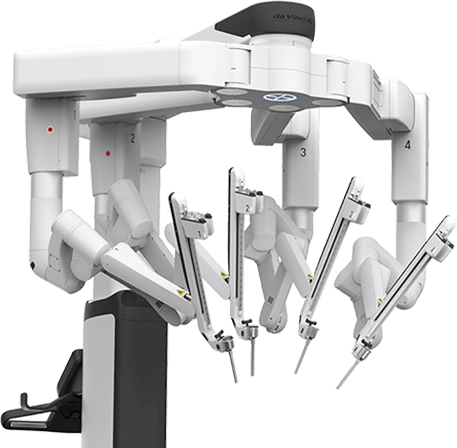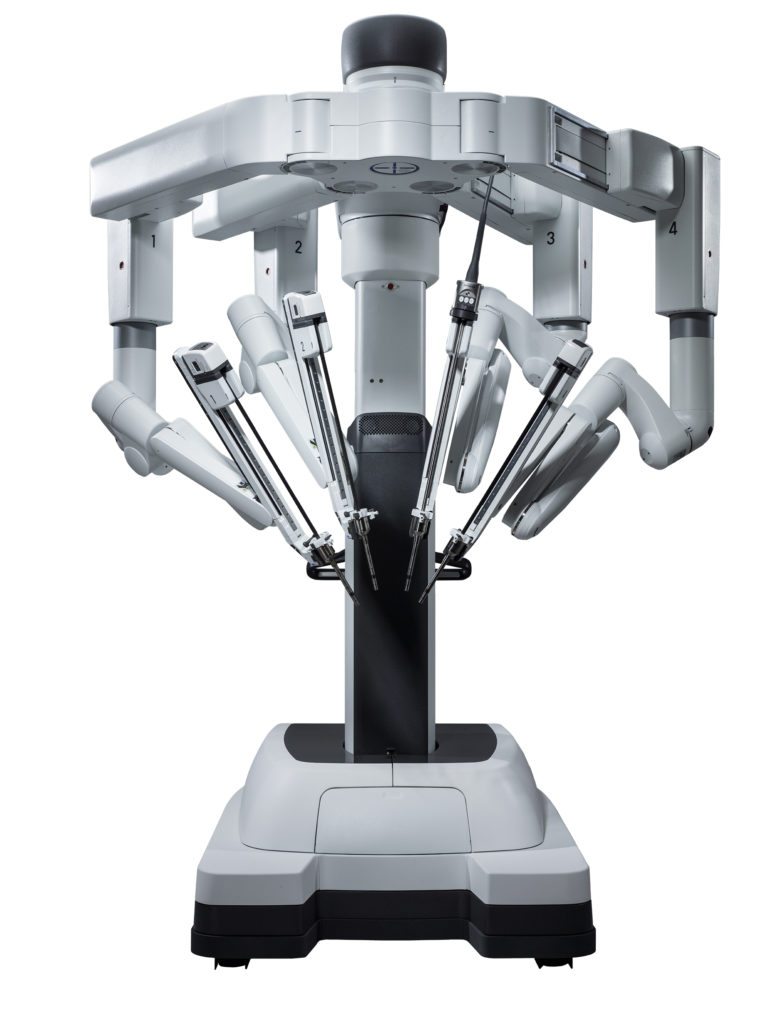Dr Brian Harkins Robotic Hernia Surgery
Understanding the Evolution to Robotic Hernia Surgery
For many generations, hernias have posed significant medical challenges. These conditions occur when an organ or tissue protrudes through a vulnerable area in the muscle or connective tissue. While traditional treatments have proven their efficacy, they are often associated with invasive techniques and long recuperation periods. In the ever-progressing realm of healthcare, the advent of robotic hernia surgery has been marked, led by notable experts like Dr. Brian Harkins. By harnessing the exceptional precision and adaptability of robotic technology, this method introduces a revolutionary approach to hernia treatment.
Dr Brian Harkins Robotic Hernia Surgery

